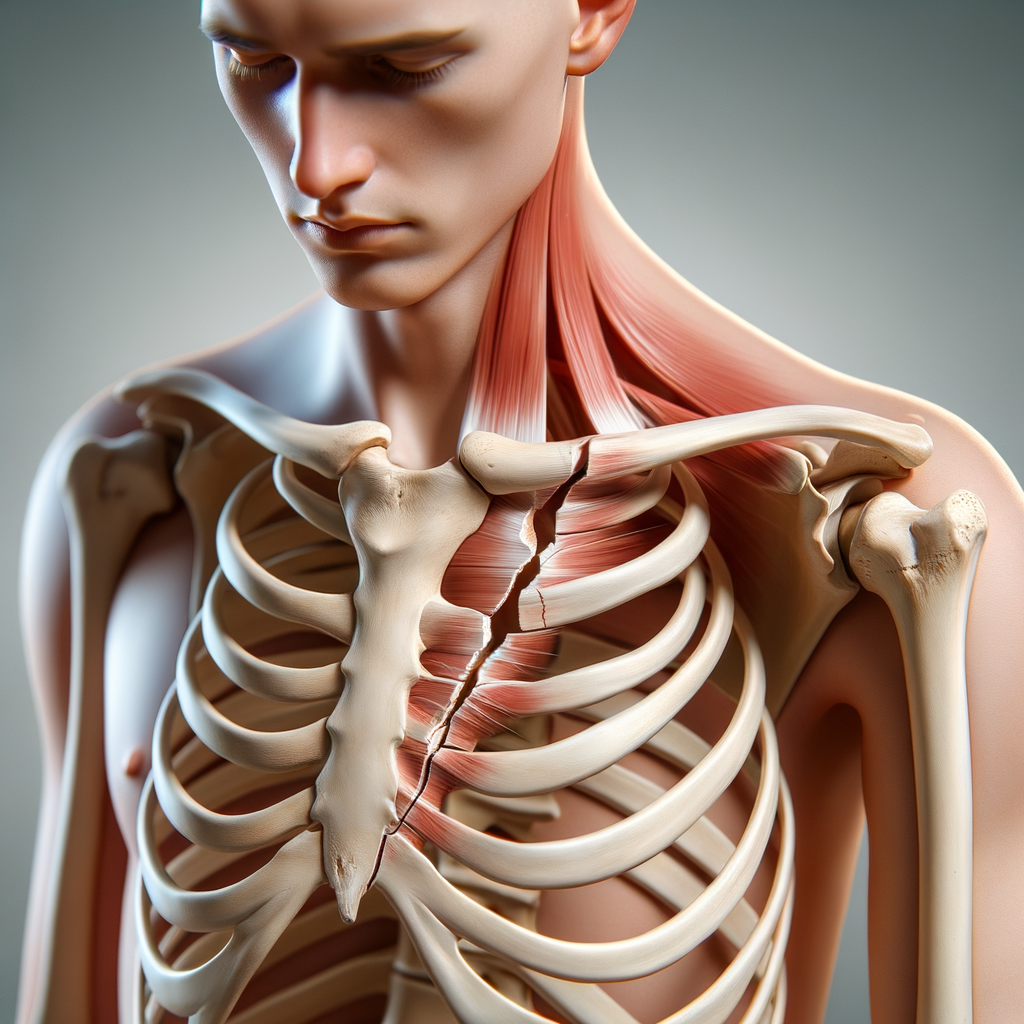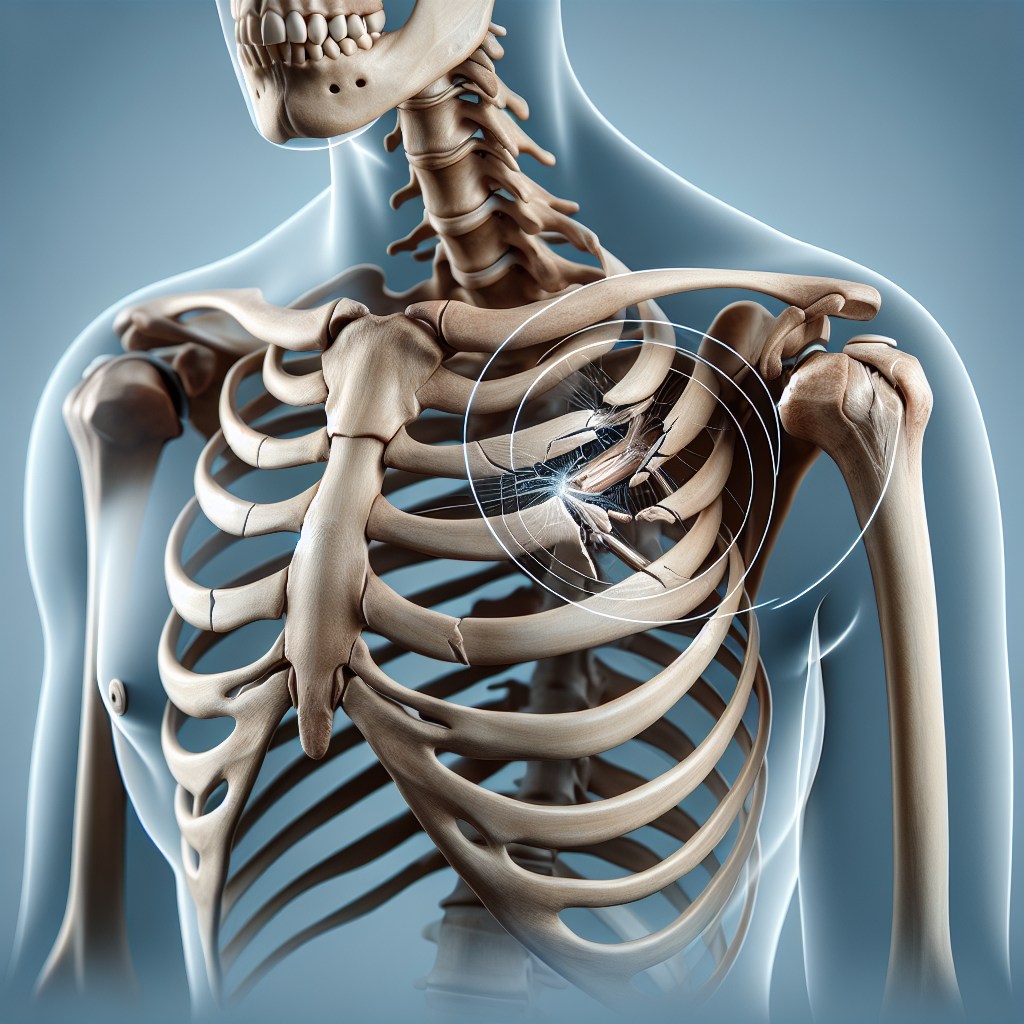Understanding Collarbone Fracture Injuries

A collarbone fracture, also known as a clavicle fracture, is a common injury that can occur at any age. It is often the result of a fall onto an outstretched arm, a direct blow to the shoulder, or a motor vehicle accident. This article will delve into the causes, symptoms, diagnosis, and treatment of collarbone fractures.
Causes and Risk Factors
Collarbone fractures are often caused by trauma, such as a fall or a direct blow to the shoulder. Sports injuries, particularly in contact sports like football and hockey, are common culprits. Additionally, motor vehicle accidents can result in a fractured clavicle. Certain factors increase the risk of a collarbone fracture, including osteoporosis, participation in high-risk sports, and being a young male, as they are more likely to engage in risky physical activities.
Symptoms of a Collarbone Fracture
Common symptoms of a collarbone fracture include pain, swelling, and bruising over the collarbone. There may also be a noticeable bump or deformity over the fracture site. Other symptoms can include difficulty moving the arm or shoulder, a grinding sensation when trying to raise the arm, and a sagging shoulder.
Diagnosis and Treatment
A collarbone fracture is typically diagnosed through a physical examination and imaging tests, such as X-rays. The treatment for a collarbone fracture largely depends on the severity of the fracture. Non-displaced fractures, where the bone pieces remain aligned, can often be treated with a simple arm sling to immobilize the arm and shoulder. Pain medication and physical therapy may also be recommended.
For more severe fractures, such as those where the bone pieces have moved out of place (displaced fractures), surgery may be necessary. This typically involves using plates and screws to hold the bone pieces together while they heal.
Recovery and Rehabilitation
Recovery from a collarbone fracture can take several weeks to months. Physical therapy is often recommended to help restore strength and flexibility to the shoulder and arm. It’s important to follow your healthcare provider’s instructions for care and rehabilitation to ensure the best possible outcome.
Prevention
While it’s not always possible to prevent accidents that lead to collarbone fractures, certain measures can reduce the risk. These include wearing protective gear when participating in high-risk sports, using seat belts in vehicles, and managing conditions like osteoporosis that weaken bones.
Conclusion
Collarbone fractures are common injuries that can result from falls, sports injuries, and motor vehicle accidents. While they can be painful and debilitating, with proper diagnosis and treatment, most people can make a full recovery. Prevention strategies, such as wearing protective gear and managing bone-weakening conditions, can help reduce the risk of these injuries.
Meta Keywords
Collarbone fracture, clavicle fracture, sports injuries, osteoporosis, fracture treatment, fracture prevention, physical therapy, bone health
Note: As a text-based AI, I’m unable to generate images. Please consider using an image of a collarbone or a person wearing a sling to reflect the subject matter.







